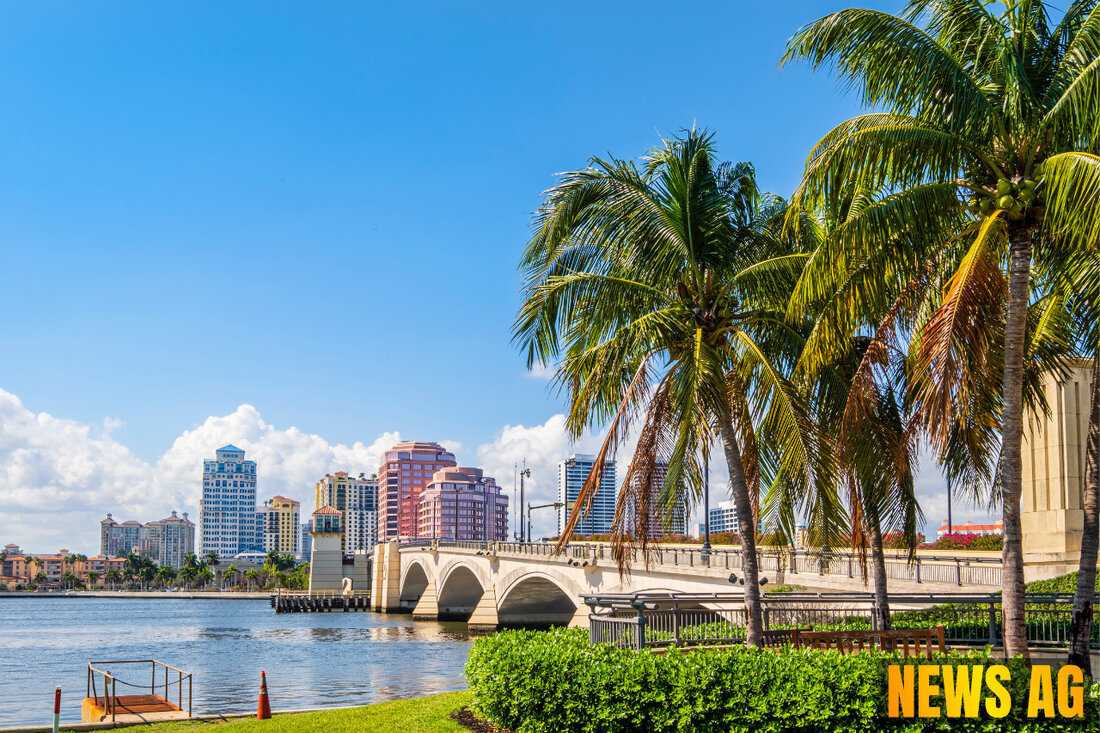Mysterious Sea Star Disease Strikes Palm Beach: First Documented Case!

Lake Worth Lagoon, Palm Beach County, USA - In an unsettling discovery for marine life enthusiasts and environmentalists alike, sea stars in Florida’s Lake Worth Lagoon are experiencing a mysterious illness known as sea star wasting disease. Ecologist Alex Romer was the first to observe this phenomenon in July 2024 when he came across dozens of sick nine-armed sea stars displaying alarming symptoms like open wounds and limb loss. As reported by Yahoo News, this marks the first documented case of the disease within Florida’s Atlantic waters, raising significant concerns about the health of these important marine creatures.
The backdrop to this troubling development is quite alarming. The sea star wasting syndrome (SSWS) has wreaked havoc on populations along the North American Pacific coast, leading to mass die-offs from 2013 to 2015. Past reports revealed that the disease has since persisted at lower levels, affecting at least 20 species, including the notable sunflower star and the ochre star. In fact, the current situation stands in stark contrast to previous die-offs, as documented by the University of California, Santa Cruz, where initial research indicated a connection to a densovirus, though this association is now considered unlikely for most species except the sunflower star Marine.ucsc.edu explained.
Environmental Factors at Play
According to Romer, the conditions leading to these health issues include warmer water temperatures, changes in salinity, and pollution, painting a dire picture of environmental stressors at work. In fact, sea surface temperatures in Lake Worth Lagoon were reported to have exceeded average levels by 1.8 degrees during the event. Further compounding the situation, unusually low tides and stormwater runoff were also noted in the region Yahoo News reported.
Deborah Drum, the director of Palm Beach County’s Environmental Resources Management Department, reassures that her team has yet to see signs of the disease elsewhere in the lagoon, interpreting Romer’s findings as a localized issue rather than a widespread epidemic. Still, the need for vigilance cannot be overstated, as the lagoon has undergone significant restoration efforts in recent years, aiming to create sustainable habitats through initiatives like oyster reefs and seagrass beds.
Sea Star Wasting Syndrome: A Broader Context
The history of sea star wasting syndrome is both fascinating and distressing. After the initial die-off that began in 2013 and extended to Alaska by the summer of 2014, it has become increasingly clear that the situation is intricate. Symptoms of SSWS can include twisted arms, white lesions, body disintegration, and eventual death within days or weeks NPS.gov defines. While past theories posited that a virus may be to blame, recent findings suggest that bacterial infections due to microbiome imbalances might be the true culprits, leading to suffocation from reduced oxygen levels in affected species.
Interestingly, areas without sea stars have allowed prey species like mussels to flourish unchecked, creating shifts in local ecosystems. Sea stars play a pivotal role as top predators in maintaining balance within intertidal communities, and the loss of these iconic species can have cascading effects on biodiversity and habitat stability.
With such critical developments unfolding, Romer advocates for community involvement, urging citizens to report any unusual wildlife observations to the Florida Fish and Wildlife Conservation Commission or on community science platforms like iNaturalist. As the health of marine ecosystems hangs in the balance, every pair of eyes working to monitor and protect these environments counts.
| Details | |
|---|---|
| Ort | Lake Worth Lagoon, Palm Beach County, USA |
| Quellen | |
